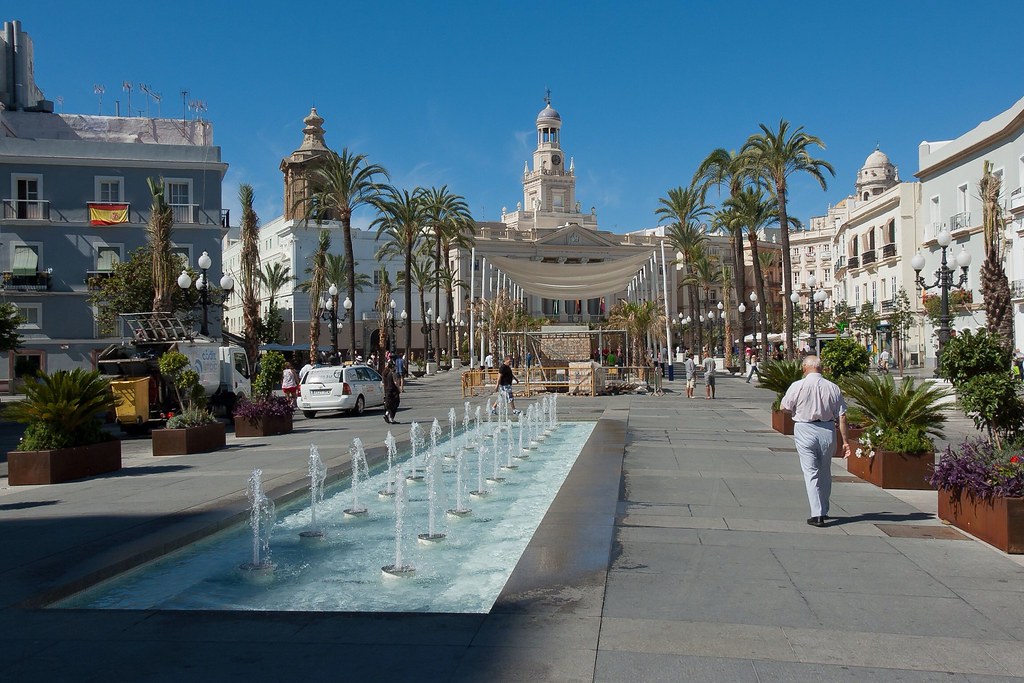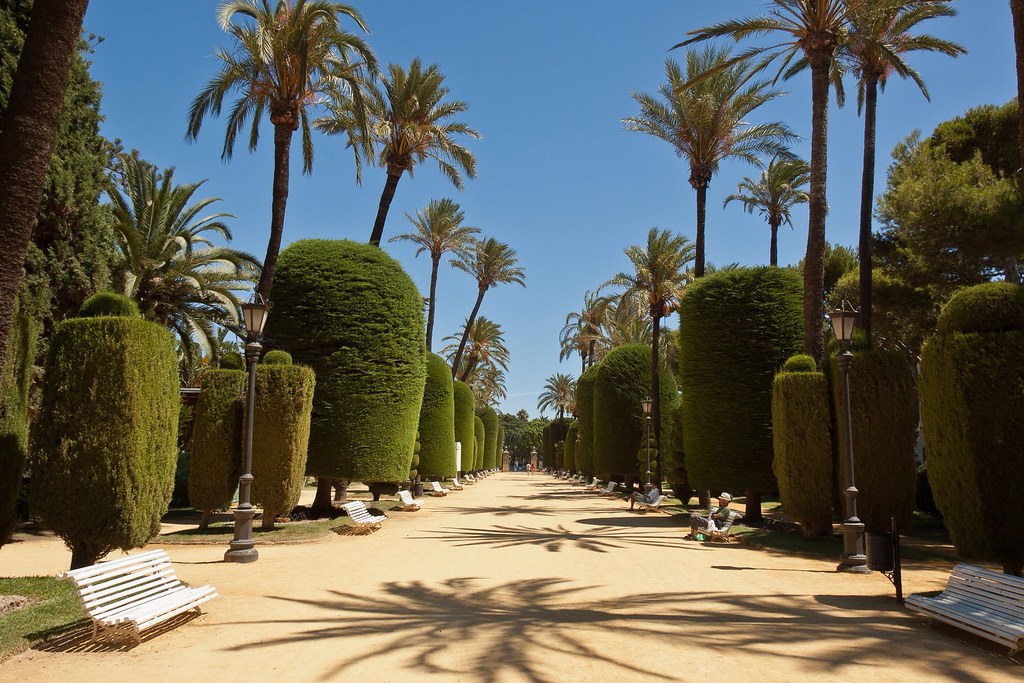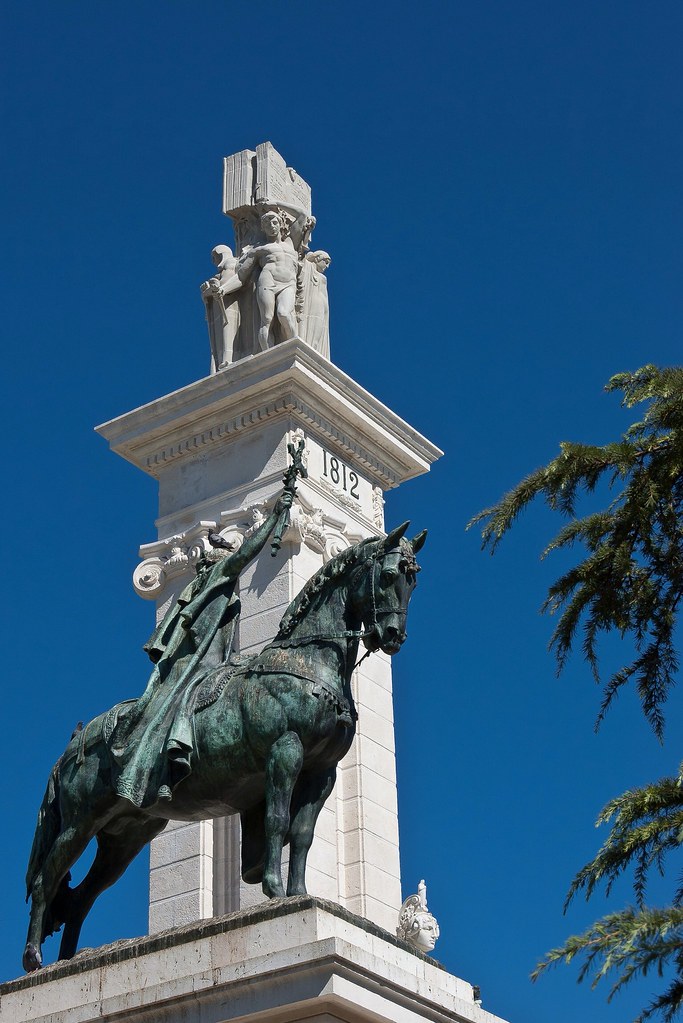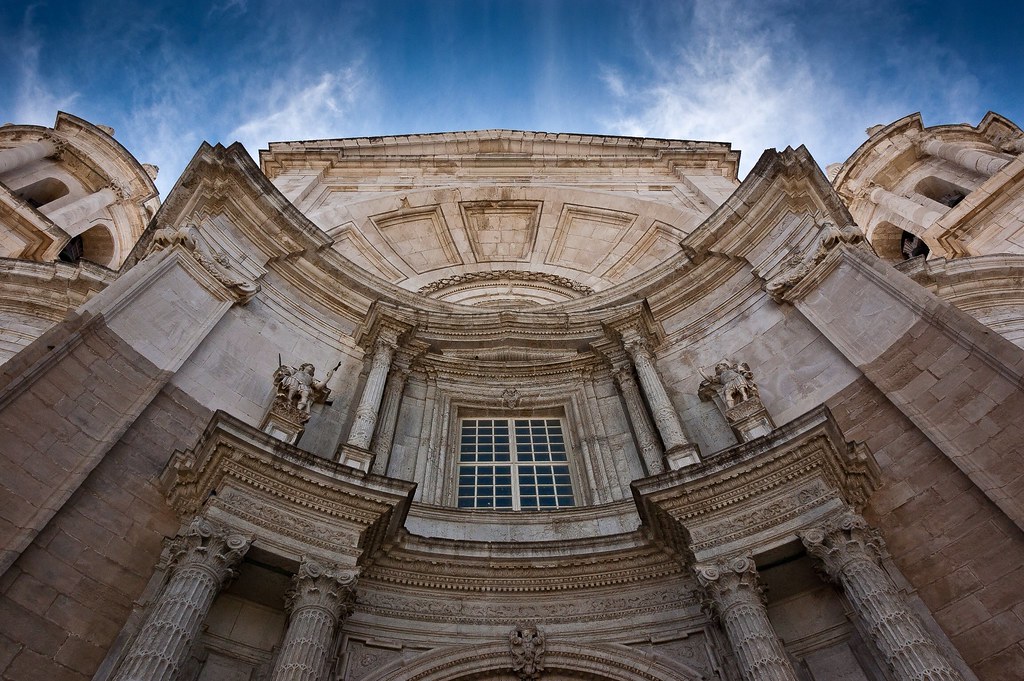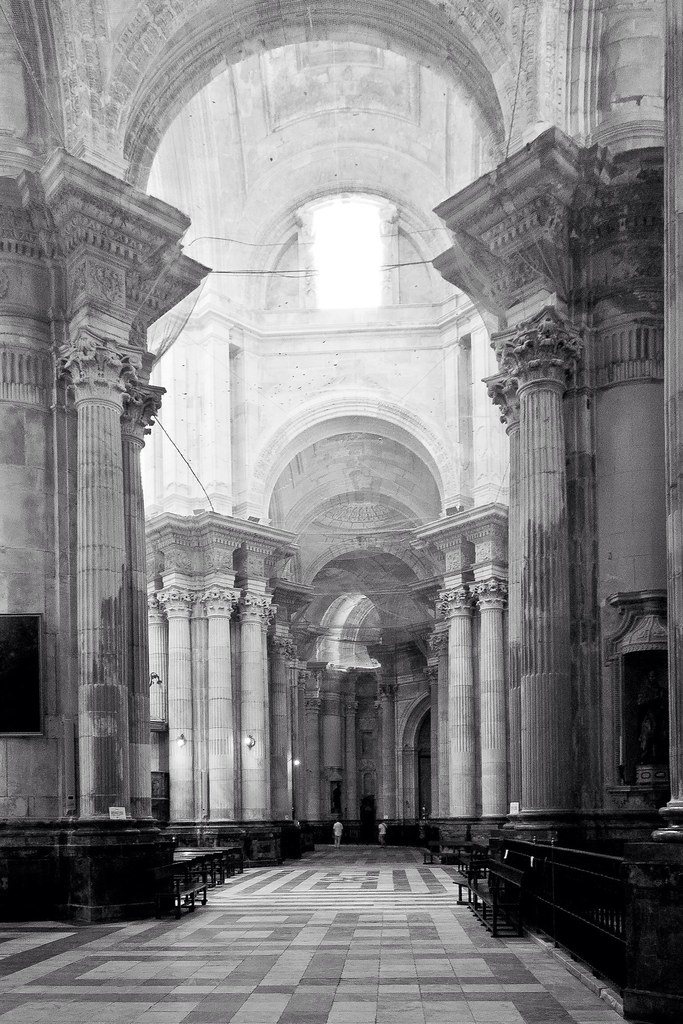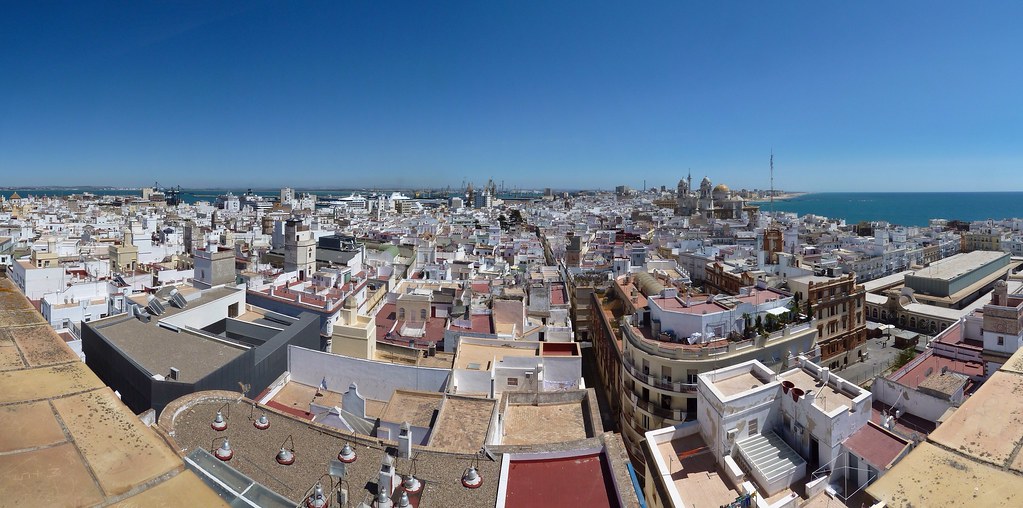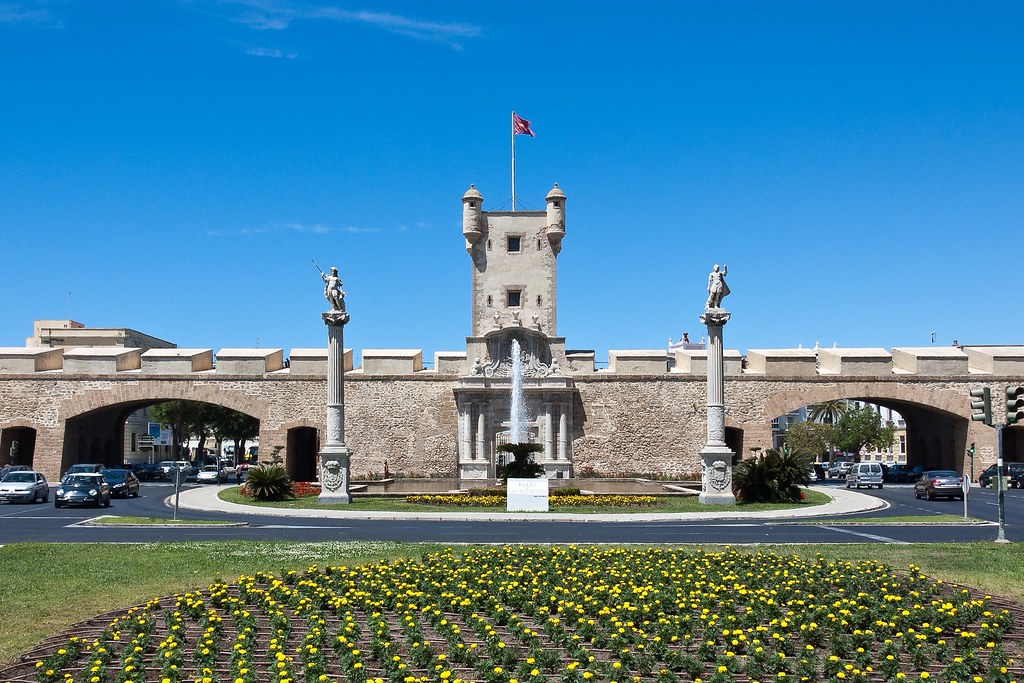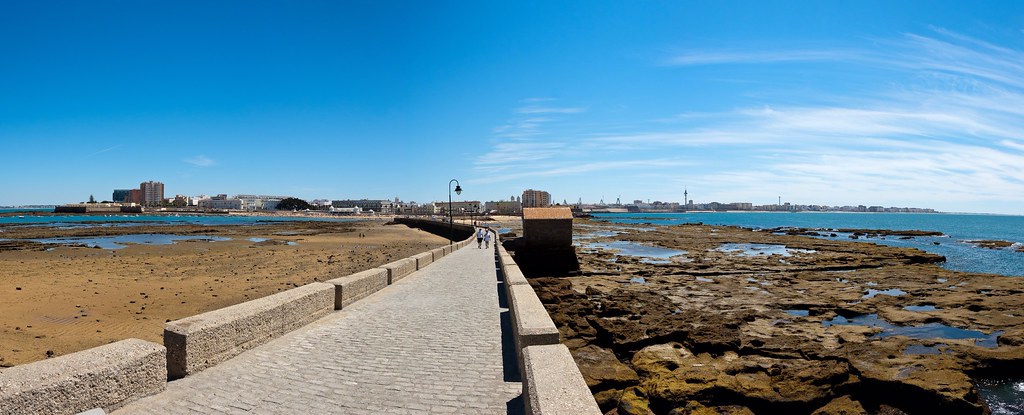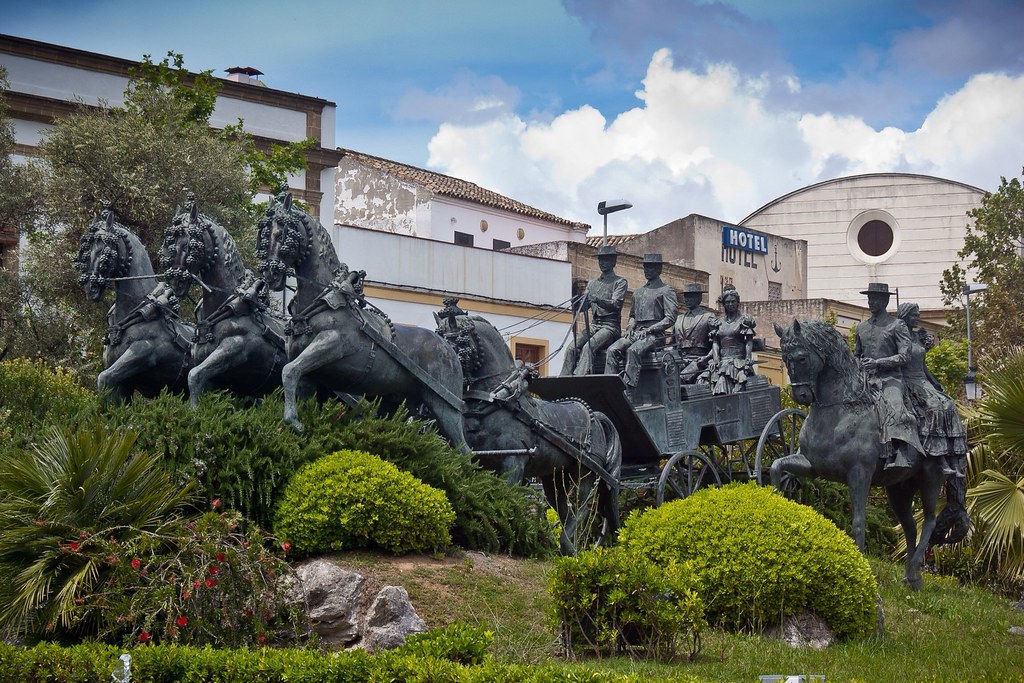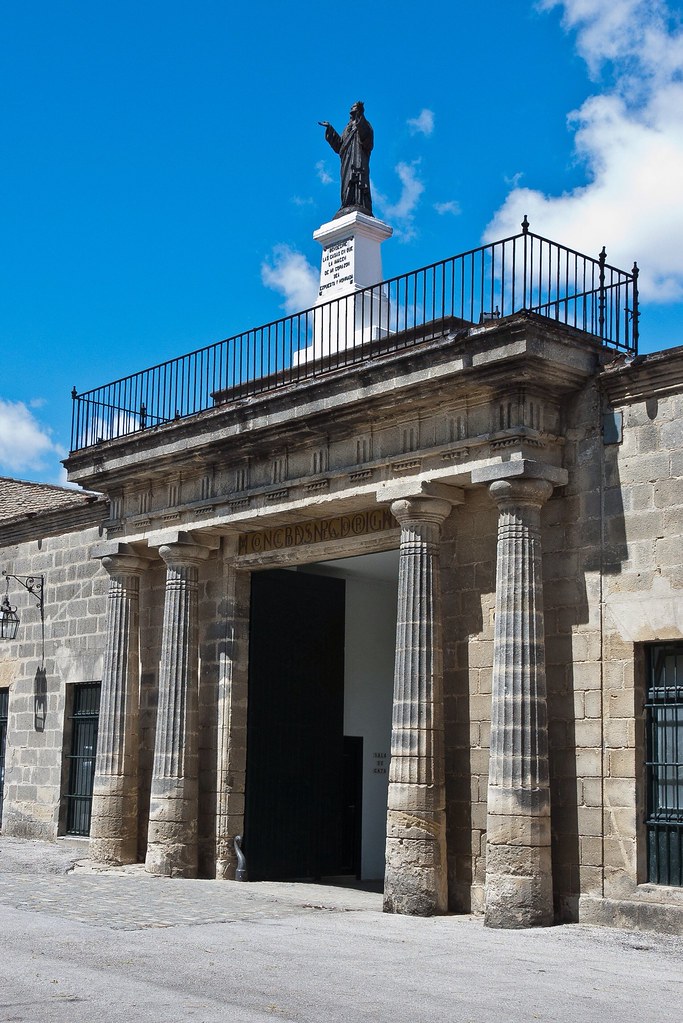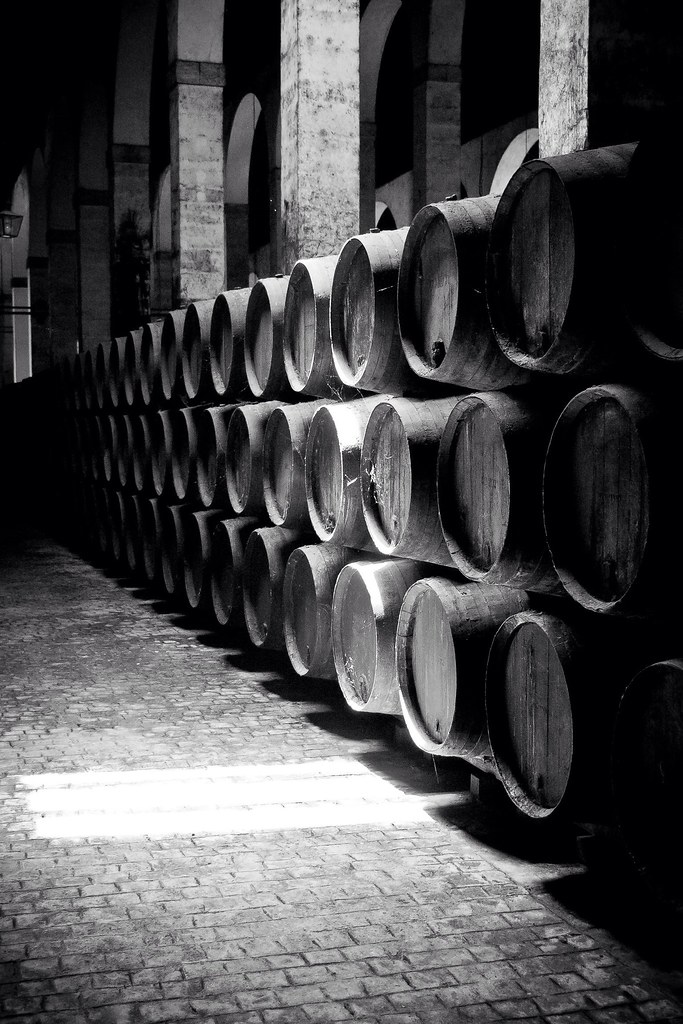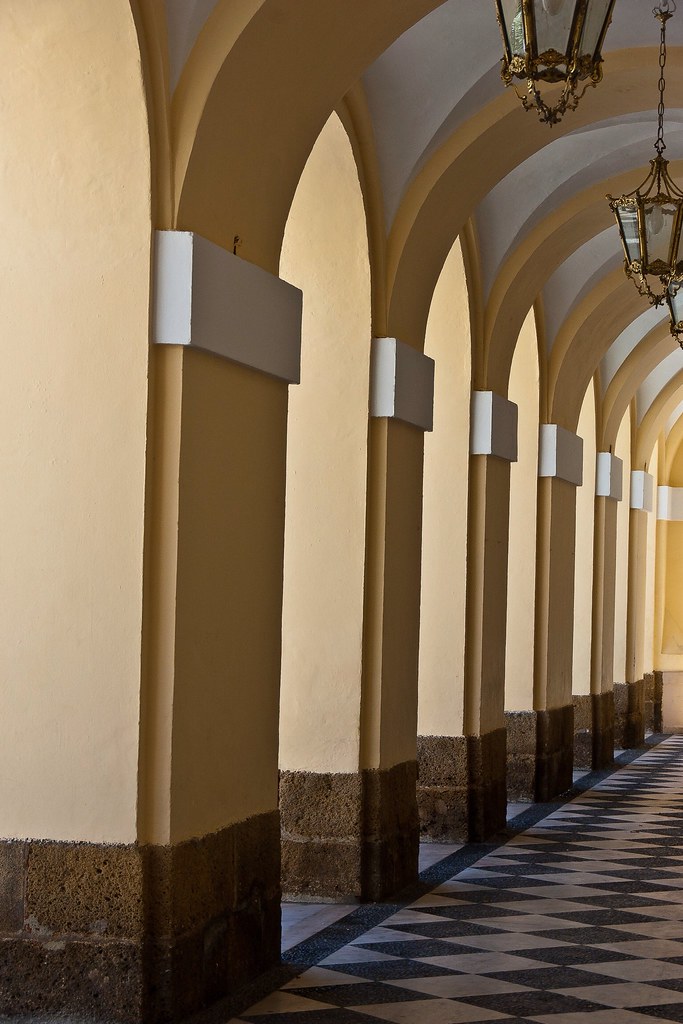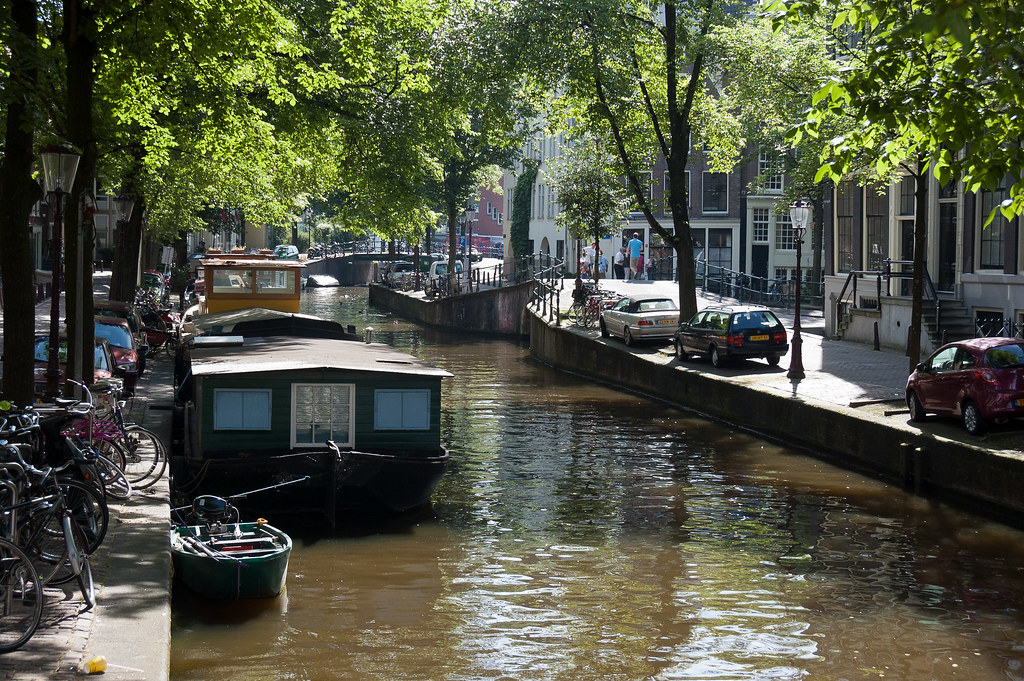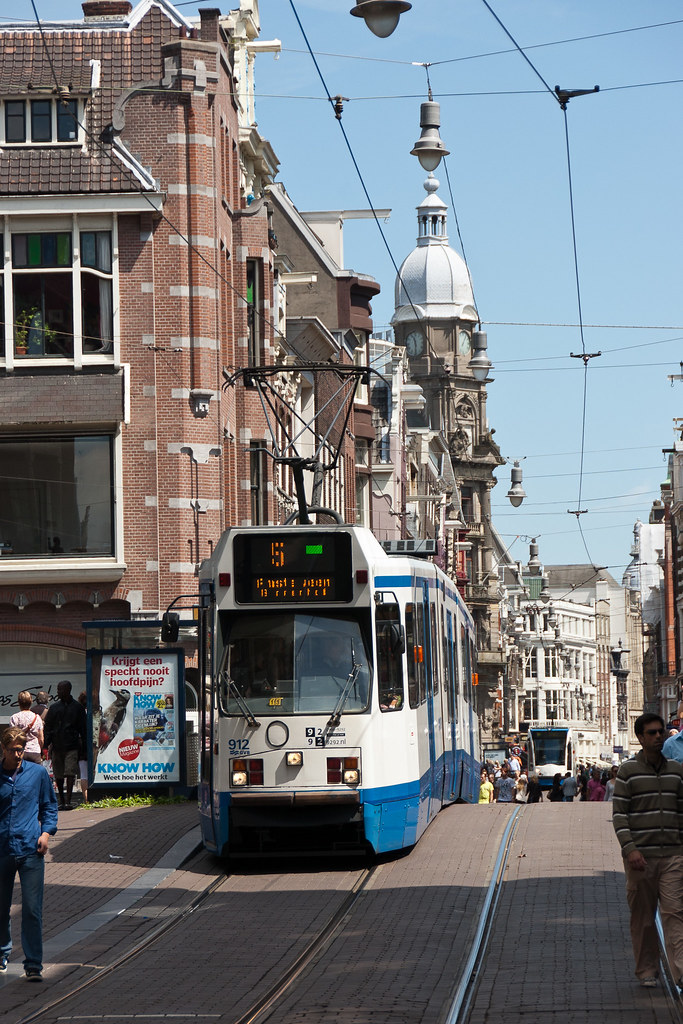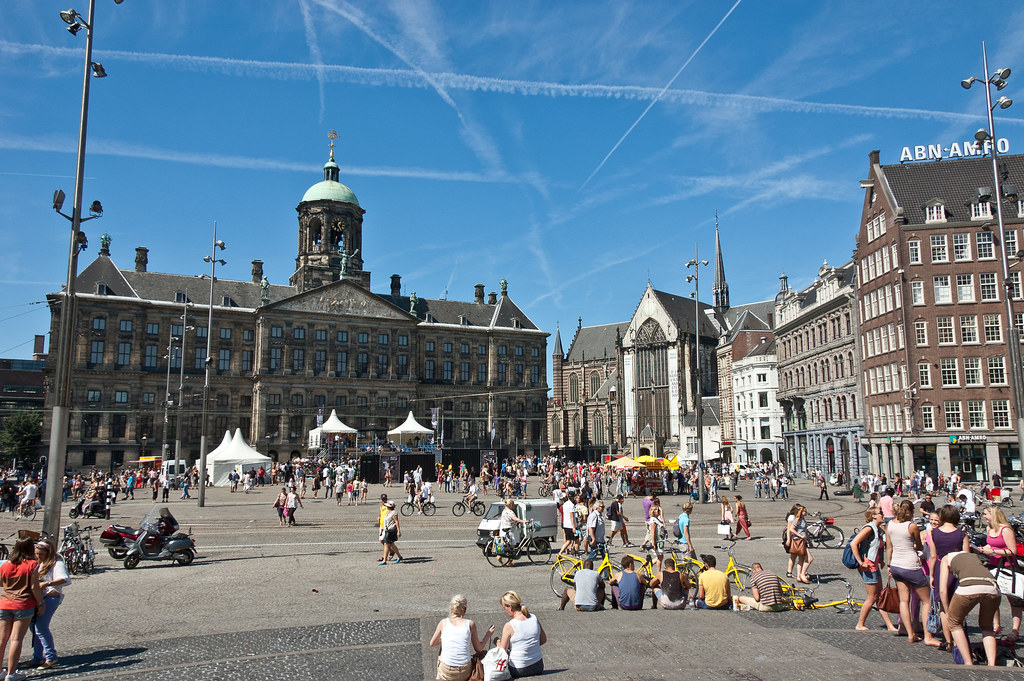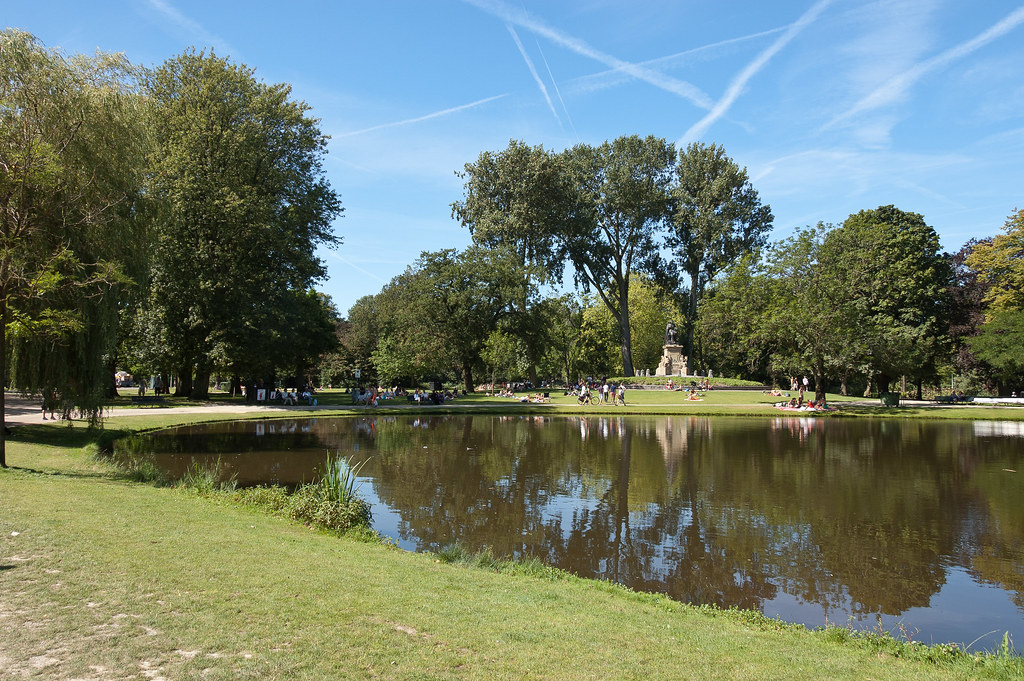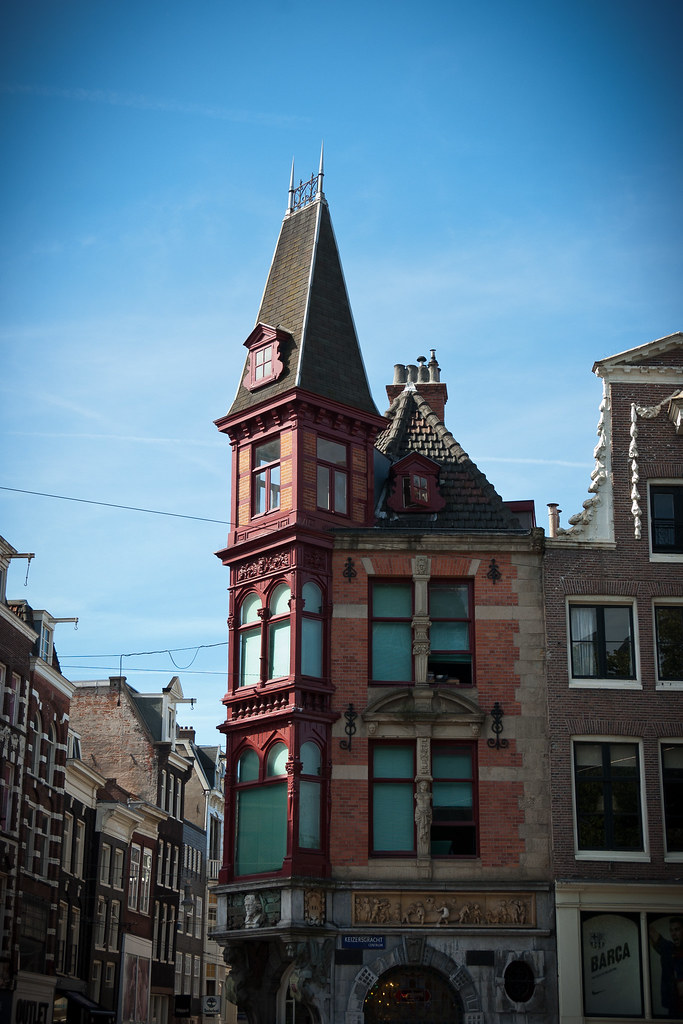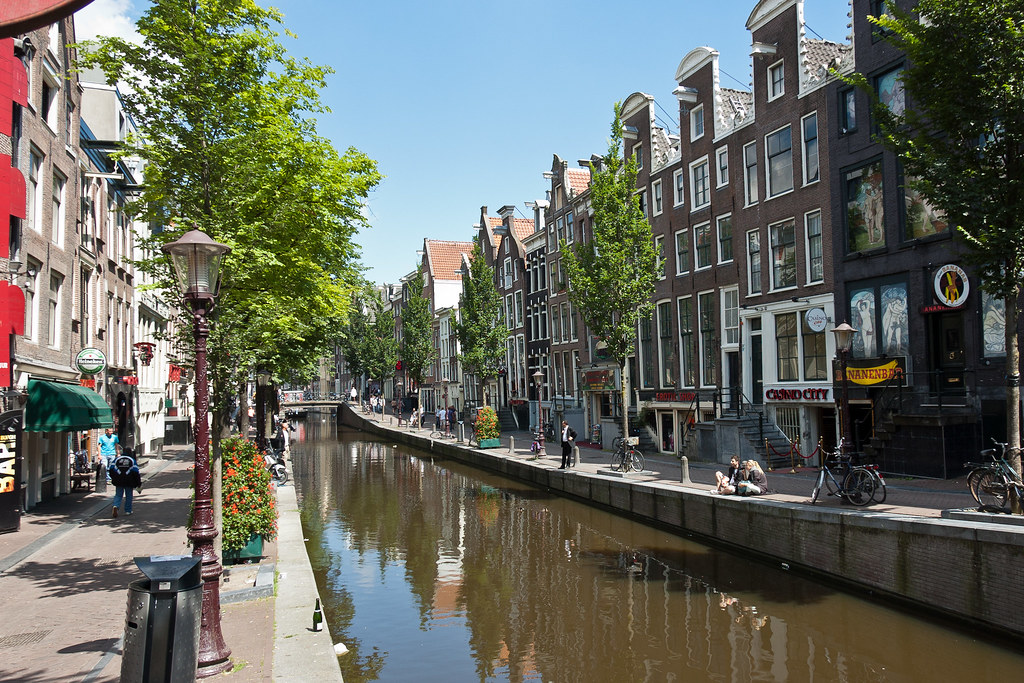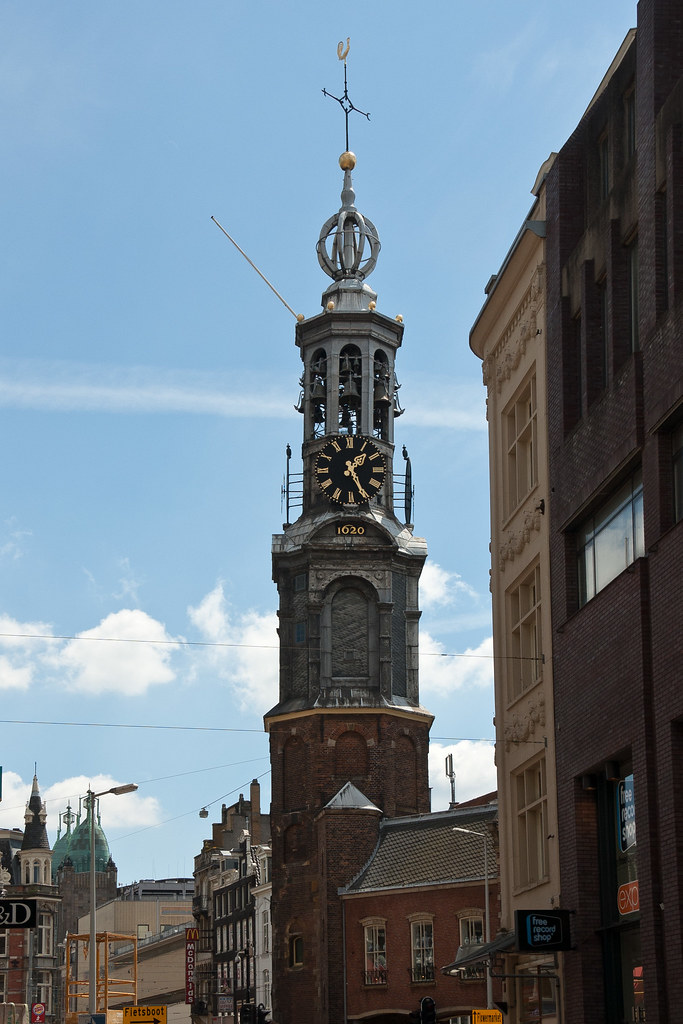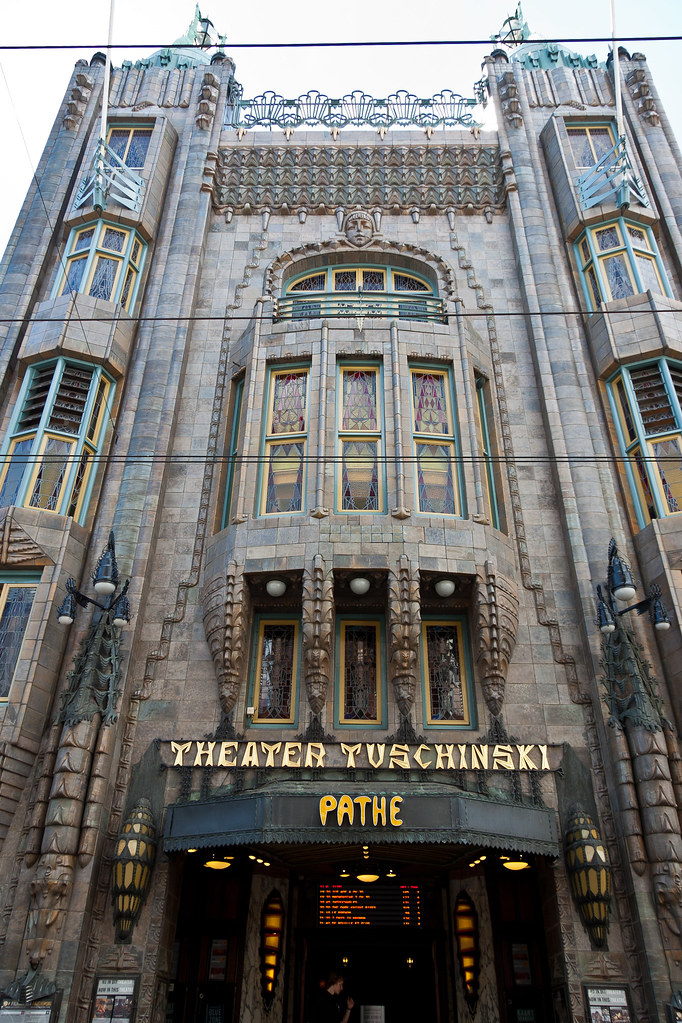VIGO
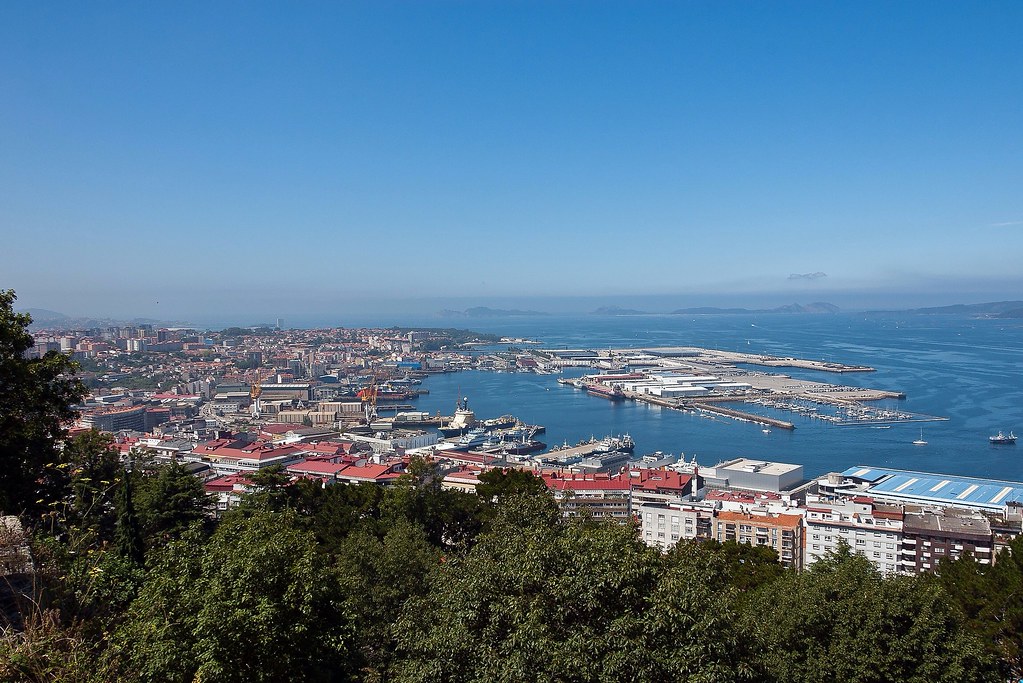
Above: Part of Vigo's large harbour area, as viewed from the hill fort (Castro).
The earliest records of Vigo as a village began around the 15th century. During the 16th and 17th centuries, the city was attacked several times. In 1585 and 1589, Francis Drake raided the city and temporarily occupied it, leaving many buildings burnt.
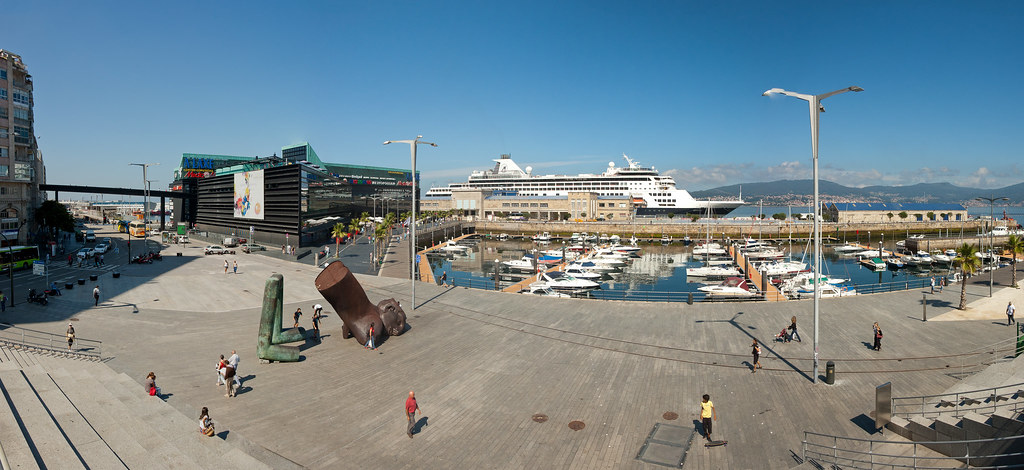
Above: The harbour where the Ryndam docked with modern art and a shopping mall on the left.
Several decades later a Turkish fleet tried to attack the city. As a result the walls of the city were built in 1656 during the reign of Philip IV of Spain. They are still partially preserved.
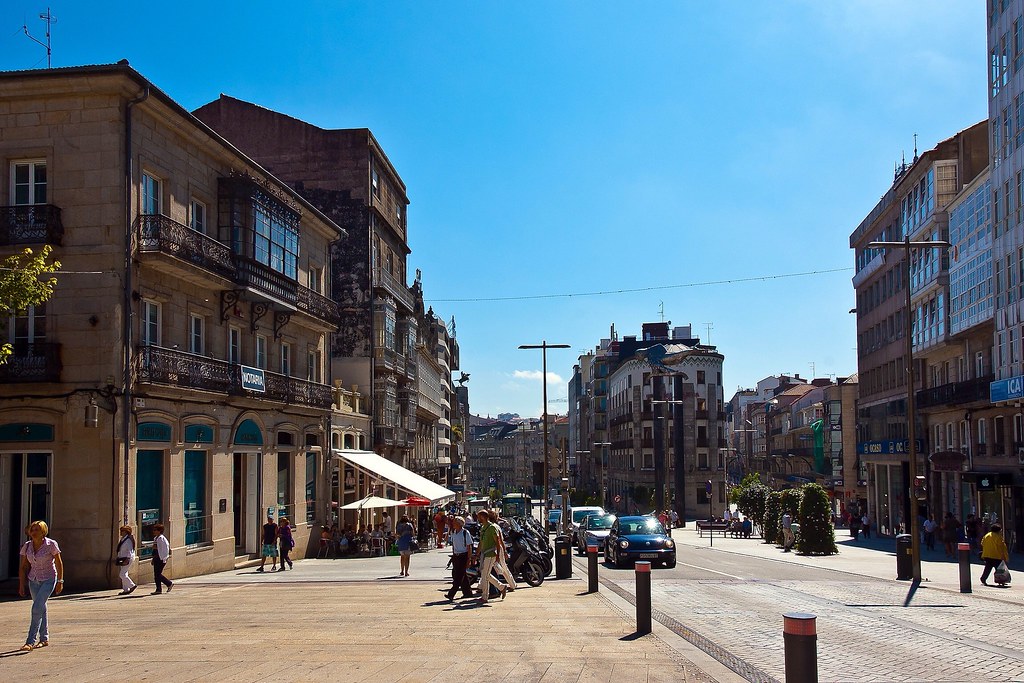
Above: Downtown Vigo.
The urban area of Vigo is built over both a hill-fort (Castro) and a Roman settlement. During our time here, I walked up to the fort and explored the gardens inside it.
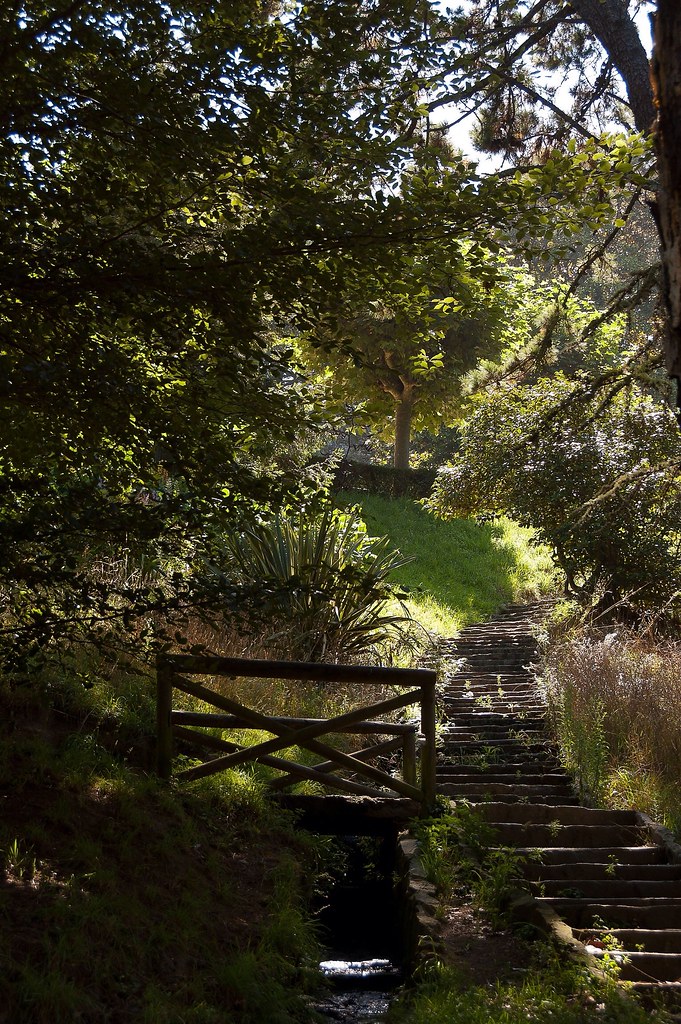
Above: One of the paths that led up to the fort.
Vigo was the first city of Galicia to be freed from French rule in what is now celebrated as the Reconquista (reconquest from French in the context of the Peninsular War) on 28 March each year.
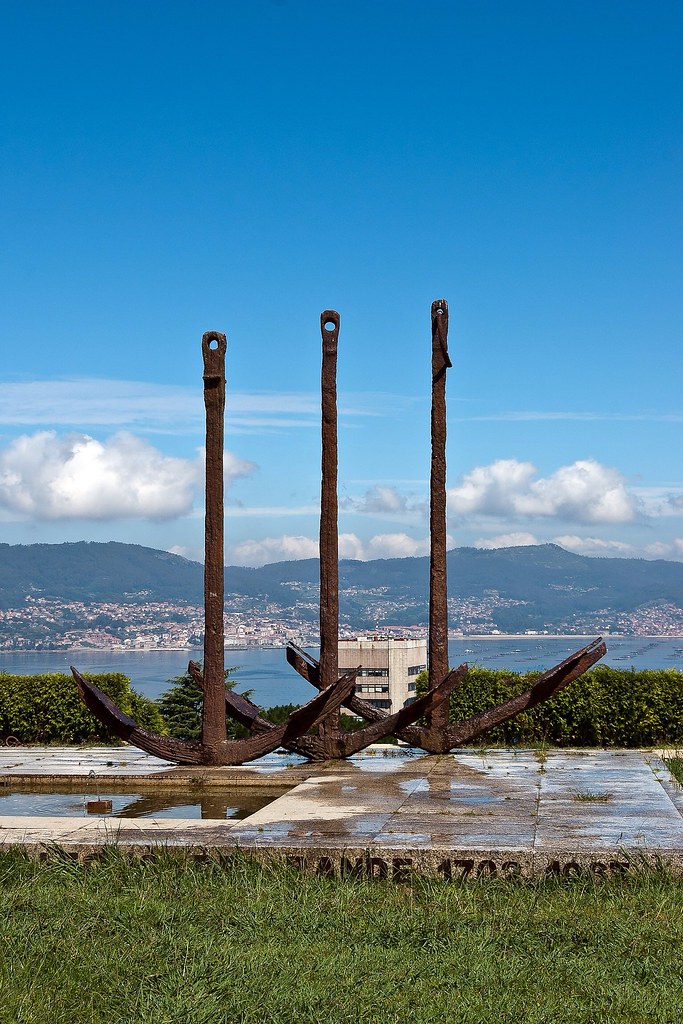
Above: A nautical monument, near the top of the fort.
The city grew very rapidly in the 19th and 20th centuries. This resulted in continuous urban planning changes, making Vigo less structured than other Galician towns.
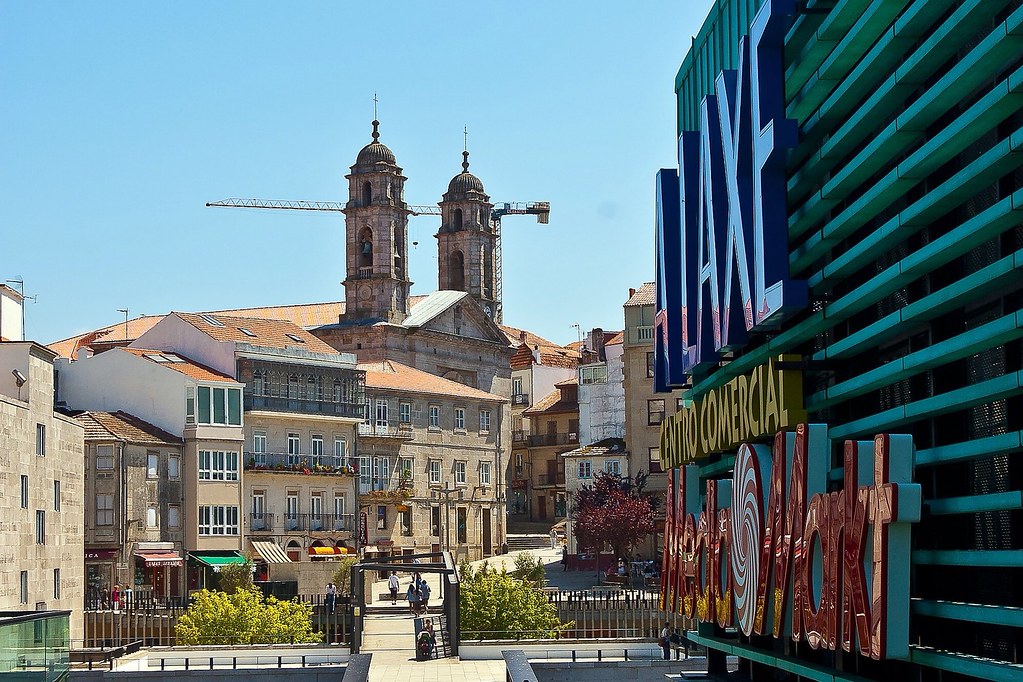
Above: The shopping mall with Vigo Cathedral in the background.
After exploring the fort, I walked back down the hill through the old town, taking in the cathedral and general atmosphere of the place. I did not have any tours in either of these ports, but sometimes it is nice to explore on your own, without having to chat to passengers all the time!
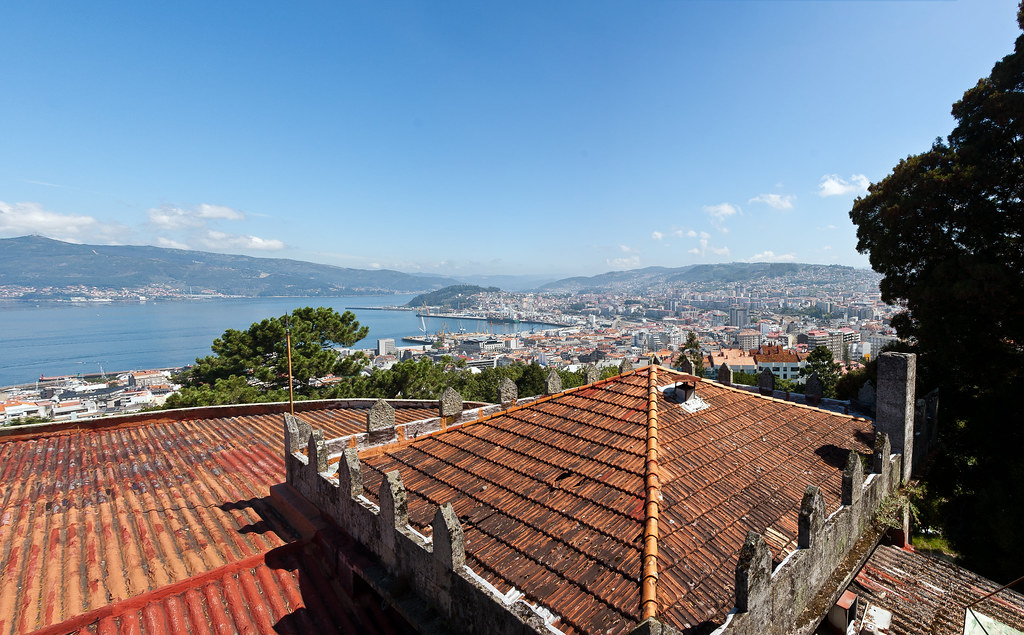
Above: The view from the top of the fort.
VALENCIA
Valencia is the third largest city in Spain after Madrid and Barcelona, with around 809,000 inhabitants. The Port of Valencia which is about a 20 minute drive from the centre, is the 5th busiest container port in Europe and the largest on the Mediterranean Sea. The traditional Spanish dish, paella, originated in Valencia.

Above: One of the main squares of Valencia with the Cathedral in the background and the obligatory tourist buses.
Valencia was founded as a Roman colony in 138 BC. Its historic centre is one of the largest in Spain, and this heritage of ancient monuments, views and cultural attractions makes Valencia one of the country's most popular tourist destinations.
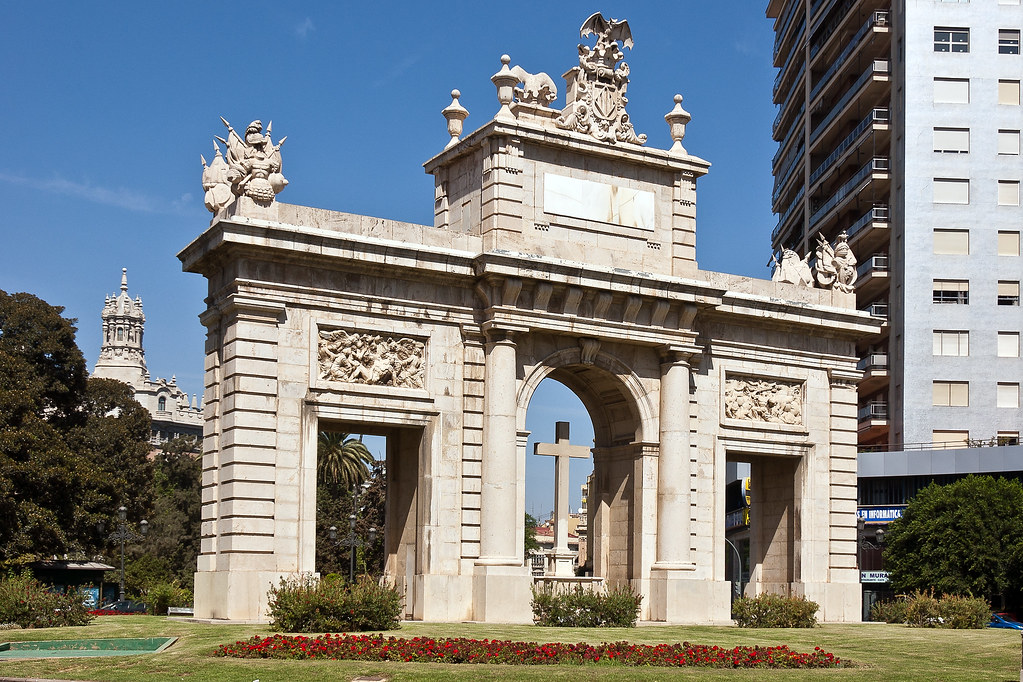
Above: One of the many monuments found in the city.
The ancient winding streets of the Barrio del Carmen contain buildings dating to Roman and Arabic times. The Cathedral, built between the 13th and 15th centuries, is primarily of Gothic style but contains elements of Baroque and Romanesque architecture. The 15th century Serrano and Quart towers are part of what was once the wall surrounding the city.
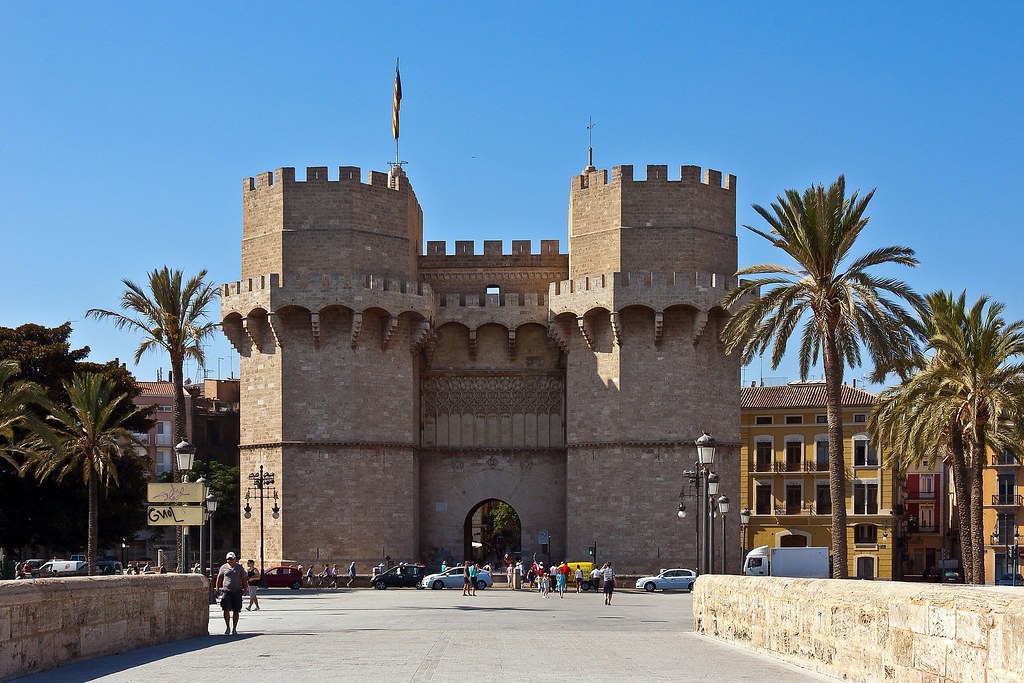
Above: The 15th century Towers of Serranos, once part of the city wall.
The city surrendered without a fight to the invading Moors (Berbers and Arabs) in 714 AD, and the cathedral of Saint Vincent was turned into a mosque. When Islamic culture settled in, Valencia prospered from the 10th century, due to a booming trade in paper, silk, leather, ceramics, glass and silver-work. The architectural legacy of this period is abundant in Valencia and can still be appreciated today in the remnants of the old walls and even the Cathedral and the tower, El Micalet, which was the minaret of the old mosque (see first picture).
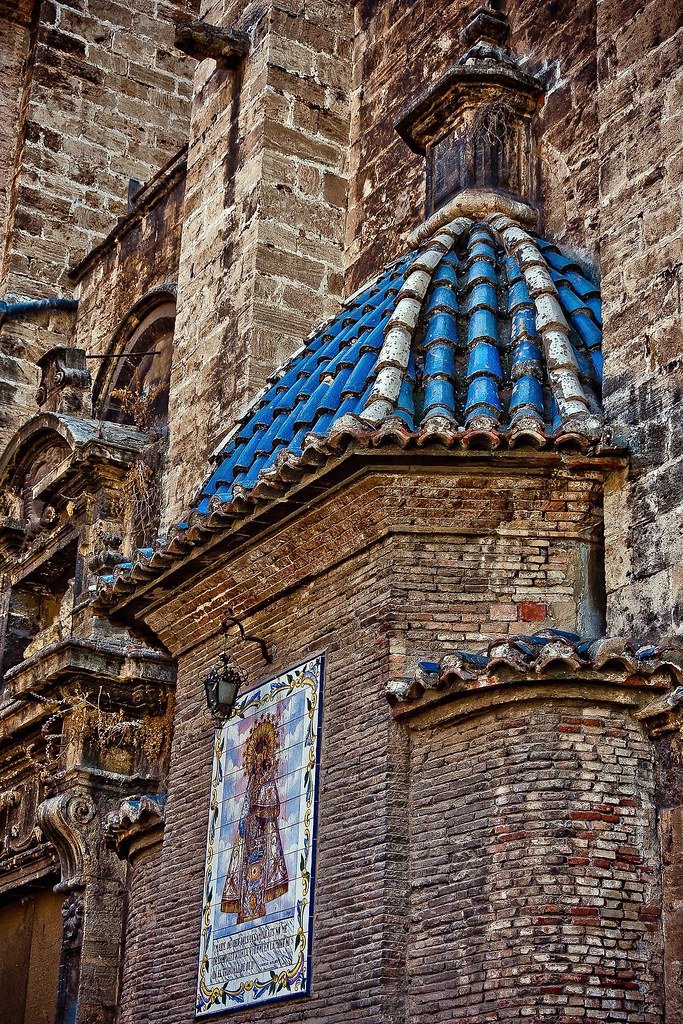
Above: Rich details and colours on one of the many historical buildings.
In the early 20th century Valencia was an industrialized city. The silk industry had disappeared, but there was a large production of hides and skins, wood, metals and foodstuffs, this last with substantial exports, particularly of wine and citrus. Among the most architecturally successful buildings of the early 20th century were those designed in the Art Nouveau style, such as the North Station (Gare du Nord) and the Central and Columbus markets.
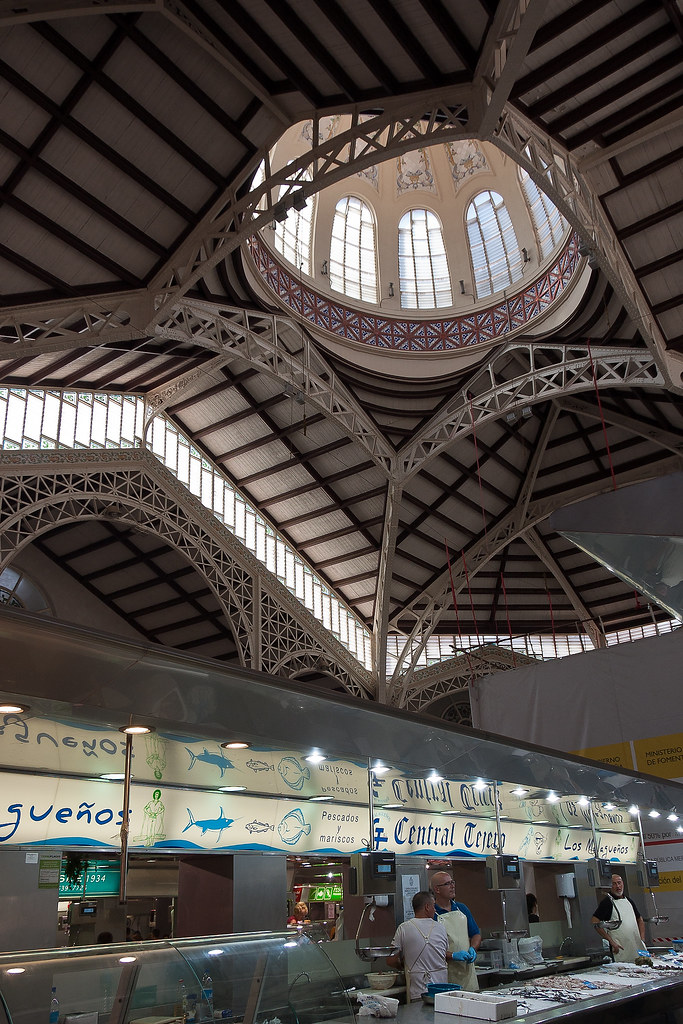
Above: The historic Central Market (Mercado Central) of Valencia.
I would have liked more time to explore Valencia (we only visited the city once) but I saw a lot on my walking exploration! Thanks for reading.

